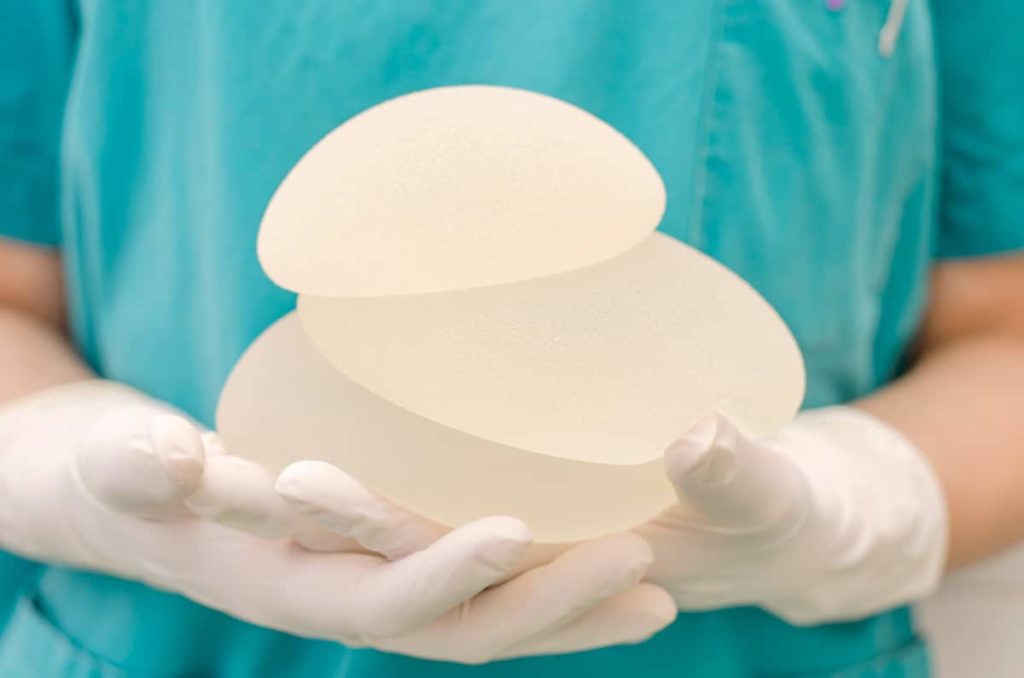Choosing to undergo breast augmentation surgery is a big decision, so it is important to consider a number of factors before deciding to have the procedure performed.
As with any procedure, there are health risks associated with breast enhancement surgery. Some of the associated complications are not pleasant. However, there is a very small likelihood of these problems occurring. Risks are further diminished if you have the procedure performed by an accredited surgeon in a fully equipped medical clinic or hospital.
Before actually having surgery, surgeons will discuss the possibility of things going wrong, including symptoms and side effects as well as any recommended corrective treatments/further surgery. Anyone considering this surgery should be proactive and educate himself or herself in order to make an informed decision.
Breast Augmentation Safety in Australia
When it comes to breast augmentations, Australia has high standards in regards to safety, and surgeons must adhere to strict codes, as noted by the Australian Society of Plastic Surgeons as well as the Therapeutic Goods Administration. ( Federal Government body dealing with the licensing of breast implants)
Because of these safety benchmarks, cosmetic surgery performed in Australia is less likely to encounter surgery mishaps than in destination surgeries.
This is a result of two factors.
- Highly trained, accredited surgeons.
- The Therapeutic Goods Administration (TGA), which is an Australian government body that approves and regulates the use of medical devices like certain types of saline and silicone filled implants. Think of them as an industry watchdog, who monitor the use of implants and investigates any surgery incidents that occur.
Breast Surgery Risks
There are inherent risks associated with any type of surgery. With breast implants that risk is roughly 1 per cent [source]. Below is a list of issues a patient may encounter from breast augmentation surgery.
Local Complications
This refers to problems that arise around the breast area because of the implants or the surgery itself.
Potential problems include:
- Chronic breast pain
- Infection
- Numbness of breast or nipple
- Necrosis (skin death)
- Hematoma (blood collecting around an implant)
- Seroma (fluid collecting around an implant)
- Surgical complications
[Source]
Rupture – Surgery, aging or trauma are just some of the factors of breast implant safety that can lead to a tear or hole in the outer shell of the breast implant. This can lead to leaking or deflation of implants. If this occurs, the implants should be removed.
Implant removal – It is estimated that as high as 20 per cent of women who receive a breast implant will have them removed within 8 to 10 years because of complications.
Capsular contracture – This is a breast implant risk in which the area around the implant hardens, which can cause pain due to tightening tissue according to the FDA. There is no known cause of capsular contracture, but it can often follow infection, seroma and hematoma. If a surgeon classifies capsular contracture as severe, additional surgery may be required to remedy the problem.
Medical Tourism
Despite the financial incentive to have breast enhancement performed overseas, it is much safer to have it done in Australia. The likelihood of needing follow-up surgeries after an overseas breast augmentation may also negate the cost benefit.
What are the risks?
- Increased rate of infection
- Hospitals and medical clinics are not equipped for emergencies
- Surgeons are not accredited to Australian standards
- Much shorter process
- Medical ‘holiday’ is restricted because of the time it takes to recover
- English is second language, making it difficult to communicate with the surgeon and medical staff
- If something goes wrong, it is hard to understand what recourse can be taken because the customs and laws are unfamiliar
- No post-operative follow up
For more information, check out this video on the potential risks of breast augmentation surgery.
Despite it being a cheap and popular option for Australians—thousands of people flock to the shore of Thailand each year to have the procedure performed—the quality of the cosmetic enhancement tends to be better in Australia. There are also fewer risks.
For more information about why medical tourism is a risky endeavour, please refer to Medical Tourism: a cost/benefit analysis.
Controversy
There has been a great deal of media attention centred around the question: are breast implants safe? Over the past few decades, controversy has arisen linking silicone-filled breast implants with certain types of cancer and autoimmune diseases. There is, however, no supporting evidence to confirm this negative misconception regarding breast implants and health.
Recovery
Breast enhancement is major procedure and requires significant recovery time. During the first few days to weeks, swelling, pain, discomfort and bleeding are to be expected. Medication and a surgical bra will be provided to alleviate post-operative pain.
When the swelling begins to subside, the patient will be able to be more active, but will still need to avoid strenuous exercise. After 2-3 months, healing should plateau and the patient will be able to gradually introduce more intense exercise into their routine.
To help facilitate healing and reduce the appearance of scarring, it is best to follow the surgeon’s advice exactly. Doing so will also decrease the risk of post-operative complications.
Want a trusted surgeon?
To minimise risk, it is prudent to use an experienced and skilled cosmetic surgeon to perform a breast augmentation. Robert Goldman is a surgeon with those credentials and is a registered specialist surgeon.
He provides his patients with the highest level of care and ongoing support for the best possible results.
If you would like more information about the risks associated with breast augmentations, please don’t hesitate to contact us!






